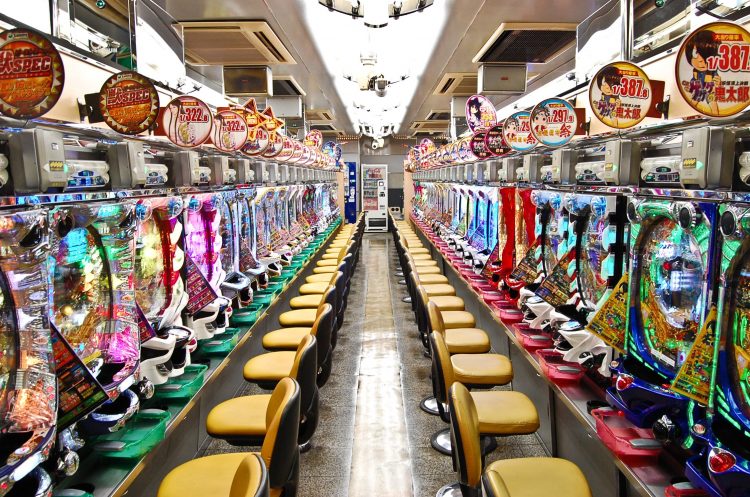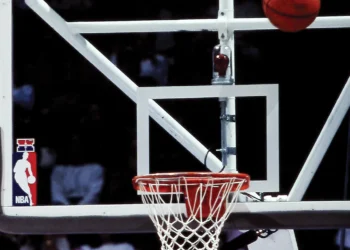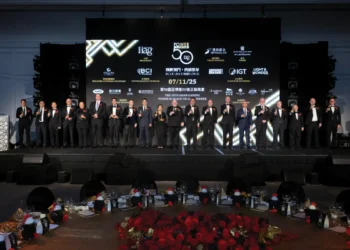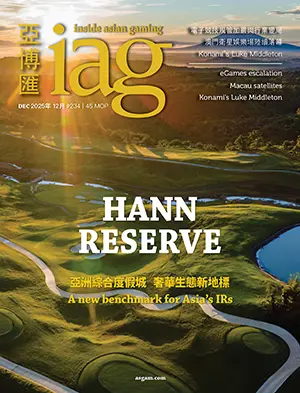By Ben Blaschke
Japanese pachinko leader Dynam Japan Holdings Ltd will look to buy-out smaller operators while growing its mass market focus, according to Chairman and CEO Kohei Sato, after the company’s full year financial results through 31 March 2017 came in below expectations.
Dynam, which operates 446 pachinko halls across Japan, reported its unaudited results over the weekend with operating revenue for the year of ¥156.9 billion (US$1.41 billion) – a 0.6% year-on-year rise – operating profit of ¥15.9 billion (US$142.9 million, down 12.5% year-on-year) and net profit attributable to Owners of the Company of ¥9.4 billion (down 11.2% year-on-year). It included a 3.8% fall in revenue in the second half of the financial year to ¥77 billion and 19% EBITDA decline to ¥14 billion.
The group has highlighted the “severe business environment” currently engulfing the pachinko industry as key to its results, with the recent passing of the Integrated Resorts Promotion Bill in December placing even greater focus on the regulation of pachinko gaming. As a result, Dynam converted five high playing cost halls into low playing cost halls during the year to 31 March, taking its mix to 265 low playing cost halls and 181 high playing cost halls.
In a listing to the Hong Kong Stock Exchange on Monday, Dynam noted that, “The group is promoting the introduction of halls specializing in low playing cost machines, [but] since operating revenues and profits are lower for low playing cost machines compared to the existing machines … technologies and know-how to achieve low-cost management are required.
“The group will strive to achieve low-cost management by standardizing halls to allow efficient purchases of building materials, strengthening our product provision capabilities (product quality), thoroughly implementing the standardization and simplification of processes through on-site on the job training, reviewing the headquarters and supervisory organizations that serve to support halls, and streamlining through the deployment of the proper number of personnel.”
In the company’s annual report, Mr Sato said pointed to acquisition of smaller operators as a key strategic step moving forward.
“One of our management policies is chain store management, since the group firmly believes that the consistent and practical application of the chain store business model will be our source of realizing our vision and sustainable growth,” he said.
“Economies of scale from multiple-hall development can be realized by opening new pachinko halls and acquiring other pachinko hall operators into the group, and is the best way to maximize mass market returns under our business model. Furthermore, our greatest mass market strength and characteristic are that we have built a structure for opening and operating our halls at low cost. Combining mass market growth in revenue with low cost operations will enable the group to build up a stream of income both steadily and sustainably.
“We will build on our achievements to establish a firmer position as a leading company in the industry, and are determined to solidify our platform for sustainable growth. There’s no shadow of doubt in my mind that this will push the group’s overall level of earnings higher over the long run and enhance our corporate value both substantially and comprehensively.
“There are currently around 3,400 companies operating pachinko halls in Japan. In terms of the number of game machines installed in the halls, the 10 largest companies have a share of about 15% of the market. The pachinko hall industry has no dominant company with an overwhelming market share, but instead is a structurally fragmented market with many small operators.
“Under the fiercely competitive business environment the industry faces, small operators are being weeded out of business, while companies such as ours have grown to a scale which we can list our stocks. For the outlook of the industry, we think that pachinko hall companies which are adept at merger and acquisition and other investment techniques will continue to absorb other operators and consolidate the industry.”
Dynam noted that of its 205,852 pachinko machines operating as of 31 March 2017, 70.7% of them are now low cost machines compared with around 47% industry-wide.
Despite the disappointing 2017 results, Union Gaming analyst Grant Govertsen noted this week that Dynam are better positioned than most to take advantage of the shift towards low cost machines in the future.
“Given that Dynam was well out in front of the industry in terms of replacing most of its higher volatility machines throughout FY17, the industry as a whole is likely to feel an even greater impact going forward relative to Dynam,” Govertsen said.
“This, in turn, should create additional M&A opportunities. No other operator enjoys the scale of Dynam as the market leader with 446 halls. The average pachinko operator has just three halls and will have a much more difficult time absorbing the impact of the lower volatility (e.g. Dynam continues to do an admirable job of ripping costs out of the business with per hall opex declining 24% from FY11).
“Dynam, with a net cash position of ¥18 billion (US$161.8 million) has plenty of dry powder to execute on multiple M&A opportunities at what should be increasingly attractive valuations.”




































